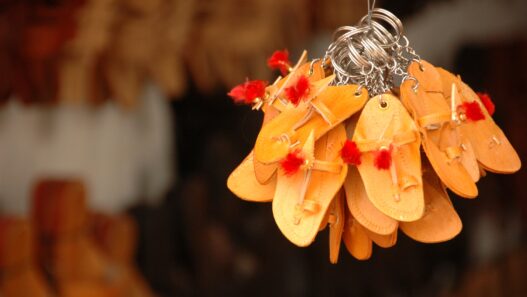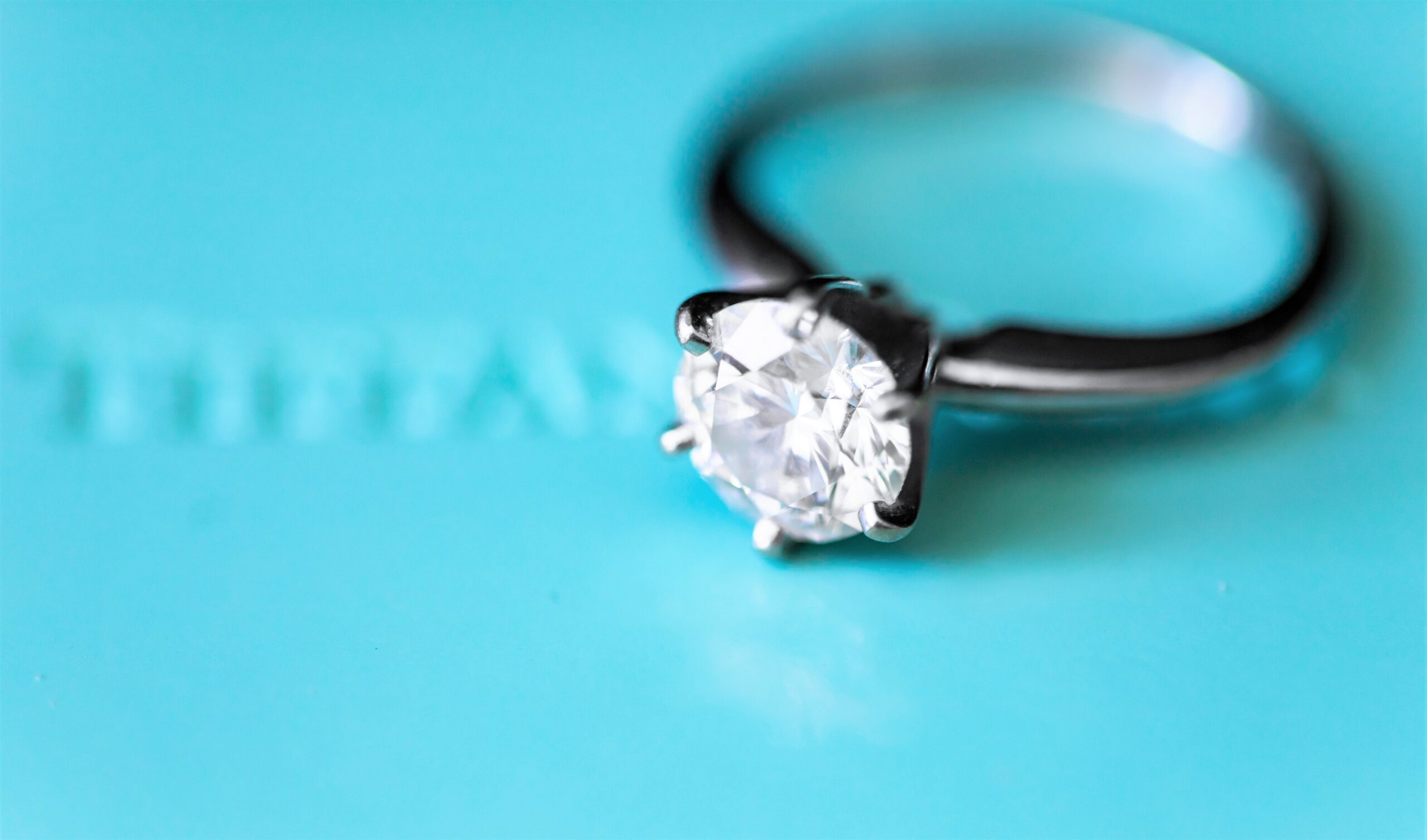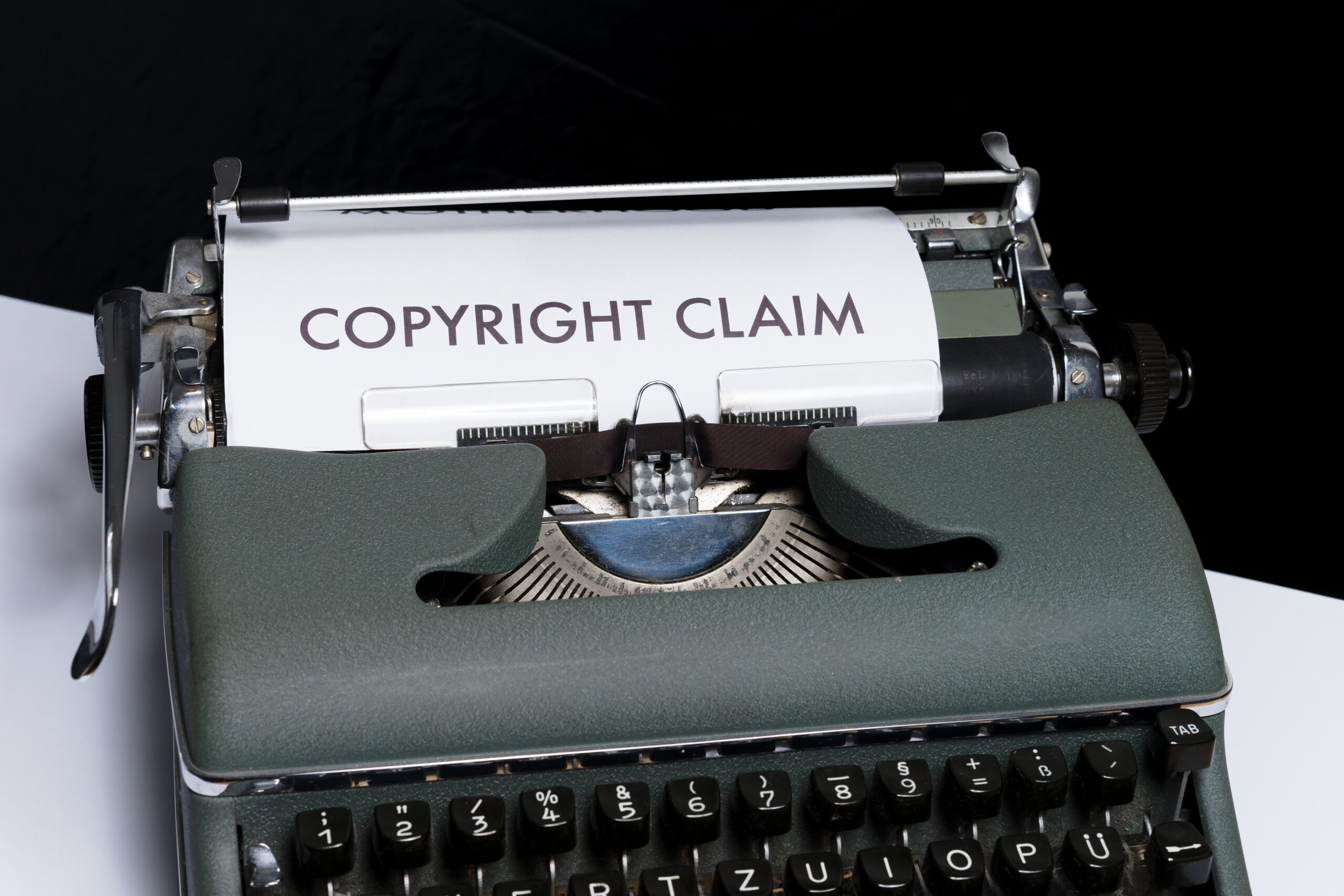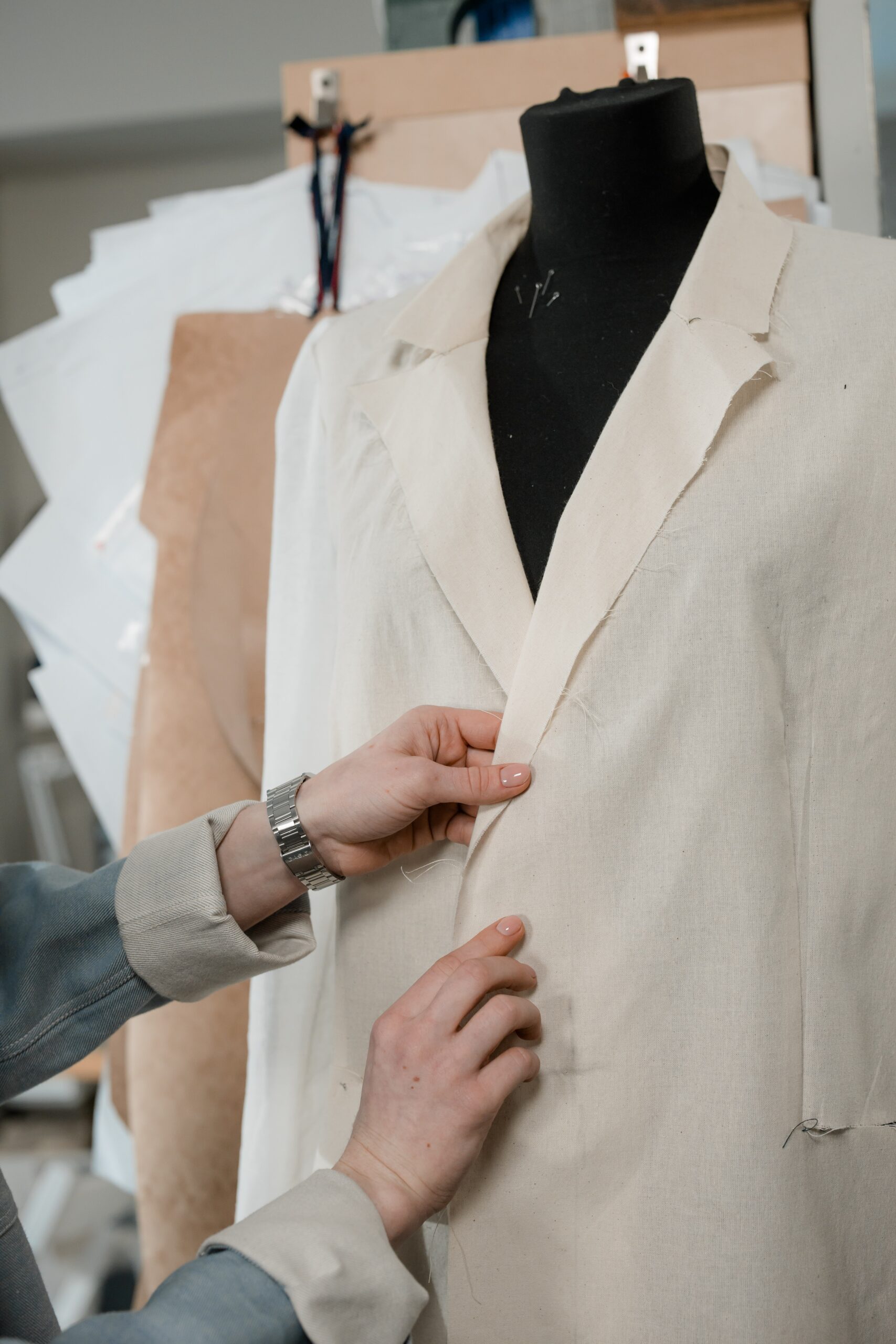Tiffany and Co, what does the name make you think of?
Engagement rings, fancy jewelry and Tiffany Blue.
One of the world’s most iconic jewelry brand, Tiffany and Co is associated and identified by a single colour, colloquially called Tiffany blue. Today the colour Tiffany blue is protected in almost all countries and anyone can get sued for attempting to use the colour.
A colour trademark is a non-conventional trademark where at least one colour is used to perform the trademark function of uniquely identifying the commercial origin of products or services.[1] It was in 1845, when Jeweller, Charles Lewis Tiffany, chose the light medium tone of Robin Egg blue for the packaging of the brand’s jewelry. Today, the brand’s visual identity is based on this shade of blue. The shade is Tiffany blue 1837 as per the Pantone chart and is not available commercially as the colour has been successfully trademarked since 1998 when they filed for the trademark with the federal government.
In the case of Qualitex, the Supreme court, and in his opinion that favored Qualitex, who ultimately won the case, Justice Stephen Breyer wrote: “Color alone, at least sometimes, can meet the basic legal requirements for use as a trademark. It can act as a symbol that distinguishes a firm’s goods and identifies their source, without serving any other significant function.”[2]
The thing that needs to be understood is that Tiffany & Co only owns the colour in certain cases, when it can be confused with its brand usage. Tiffany only owns “robin’s egg blue” for its boxes and bags.
INTERNATIONAL OPINION ON SINGLE COLOUR TRADEMARK
Different countries have different opinions on single colour trademark. For example, Argentina doesn’t allow single colour trademarks cannot be protected, whether the colour is the natural (or intrinsic) colour of the products or a colour arbitrarily applied thereon.[3] However, when shape and single colour are combined with sufficient distinctive capacity, comprising a series of elements that add origin to the sign, these may be registered. On analysis, Argentinean law allows —
(1) that it is an arbitrary colour to distinguish the product;
(2) that this colour is applied restrictively in a manner such that there is a combination of distinction from the colour’s originality and the arbitrary character of the shape; and
(3) that the colour is exactly specified, for instance, through the identification of the pantone codes.[4]
On analysing such a system, Tiffany blue can protect the colour on its boxes which is the main purpose. Tiffany Blue on its packaging is an arbitrary colour which is used to distinguish the product, which is jewellery in this case. The colour is also Pantone Code identified as Blue 1837, which commemorates the brands birth year.
Australian laws are more inclusive when it comes to trademark protection. As per Section 6, Australian Trade Marks Act 1995, the definition of a ‘sign’ includes any letter, word, name, heading, label, ticket, aspect of packaging, signature, numeral, device, brand, shape, color, sound, or scent. [5] It includes the combination of the above list or any item in the above list. All that is required for a color to be registered as a trademark is that it be inherently adapted to distinguish the goods or services of the owner. Single colors mostly possess lower levels of distinguishability.
In Europe, originally single colours couldn’t be trademarked. As per, EUTMIR, Article 3(3)(f) colour marks are either single colour marks without contours or a combination of colours without contours. Normally, as per C-104/01, Libertel, A colour is not normally inherently capable of distinguishing the goods of a particular undertaking thus they aren’t distinctive except under exceptional circumstances.[6]
The colour exhaustion theory is present and kept in mind while granting companies the right to trademark single colours. [7]Courts need to recognise that in the Fashion industry the importance of colour surpasses that of any other industry. The colour depletion theory is a strong reason to prevent giving single colour trademarks to Fashion Brands. Fashion Industry has a unique case and considering the importance if colour if all shades begin to get trademarked it could limit the creativity of newer companies and their products.
SHADE CONFUSION DOCTRINE AND OTHER CHALLENGES
The doctrine has to be considered before making it the norm to grant single colour trademarks. The doctrine is based on the belief that courts would have a hard time discerning between different shades of a particular colour and this would lead to confusion. It is also called the likelihood of confusion test in most jurisdictions in America. This problem can be sorted if the shade is protected and registered with an authority like Pantone.
Another problem with granting single colour trademarks is that even if one country or region grants the trademark, internationally other countries may reject the appeal. As is seen with Christian Louboutin which fights for trademarks on the colour red in various countries.
The consideration before granting single colour trademarks internationally should be based on distinctiveness. If a colour is associated with a particular brand beyond recognition, to the extent that any consumer who thinks of the product automatically thinks of the colour, in such cases single colour trademarks should be granted.
One more thing that needs to be understood that no company intends to trademark the entire colour. Rather the only intention is to trademark a colour for a particular usage. Christian Louboutin is only for the sole of shoes and Cadbury purple is used only for packaging. The usage of the colour is in a particular and limited form. This argument was given by the amicus curie briefs given by INTA [8]and Tiffany and Co[9] in support of Christian Louboutin for their request to be granted a single colour trademark. Tiffany and company expressed concerns and stated that denying protection to a single colour when the colour has achieved a secondary meaning is unfair and unacceptable. [10]Tiffany and co has also showcased the argument that Fashion items need separate protection.
CONCLUSION
We identify brands on the basis of their logos. When we think of Apple we think of a bitten- apple and Starbucks with a green mermaid logo. Similarly certain brands are entirely identified based on a single colour. Protection of single colour trademarks have begun from 1990’s and the conversation needs to go on, especially for the Fashion industry. Fashion industry and colour are interconnected and if a brand is recognised through a single colour, they deserve protection Internationally.
[1] Debbie O’ Connor, White River Design, https://www.whiteriverdesign.com/brand-and-trademark-colours/
[2] Alina Cohen, How Tiffany and Co. monopolized a shade of blue, https://www.artsy.net/article/artsy-editorial-tiffany-monopolized-shade-blue
[3] Argentinean Law no. 22.362 (section 2, subsection d)
[4] Branden Copeland, April 11, 2017, Single Colour Trademarks, https://silo.tips/download/single-colour-trade-marks
[5] Australian Trademarks Act, 1995, Section 6.
[6] C-104/01 – Libertel.
[7] Gorman, Danielle E., Protecting Single Color Trademarks in Fashion after Louboutin (April 2, 2012). Cardozo Arts & Entertainment Law Journal, Forthcoming, Cardozo Legal Studies Research Paper, Available at SSRN: https://ssrn.com/abstract=2033880
[8] Brief for International Trademark Association (INTA) as Amici Curiae
[9] Brief for Tiffany as Amici Curiae
[10] Issues surrounding registration of colour trademarks, JEKATERINA KUDRJAVCEVA, 2012, RGSL RESEARCH PAPERS


















